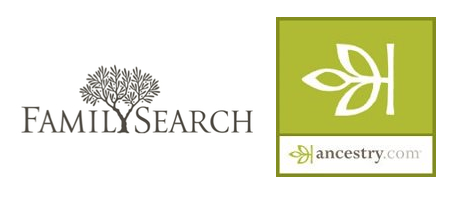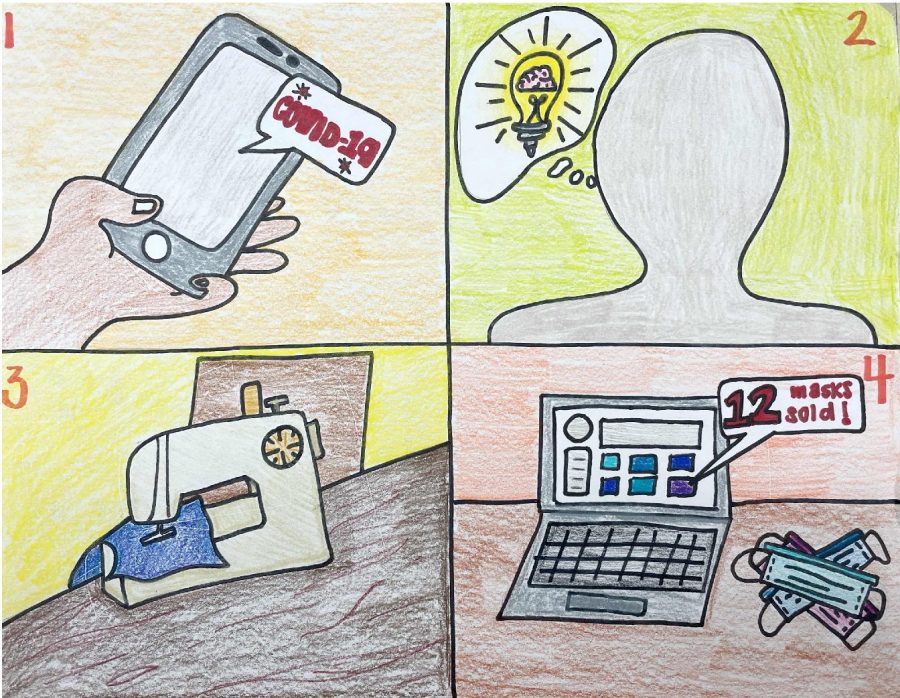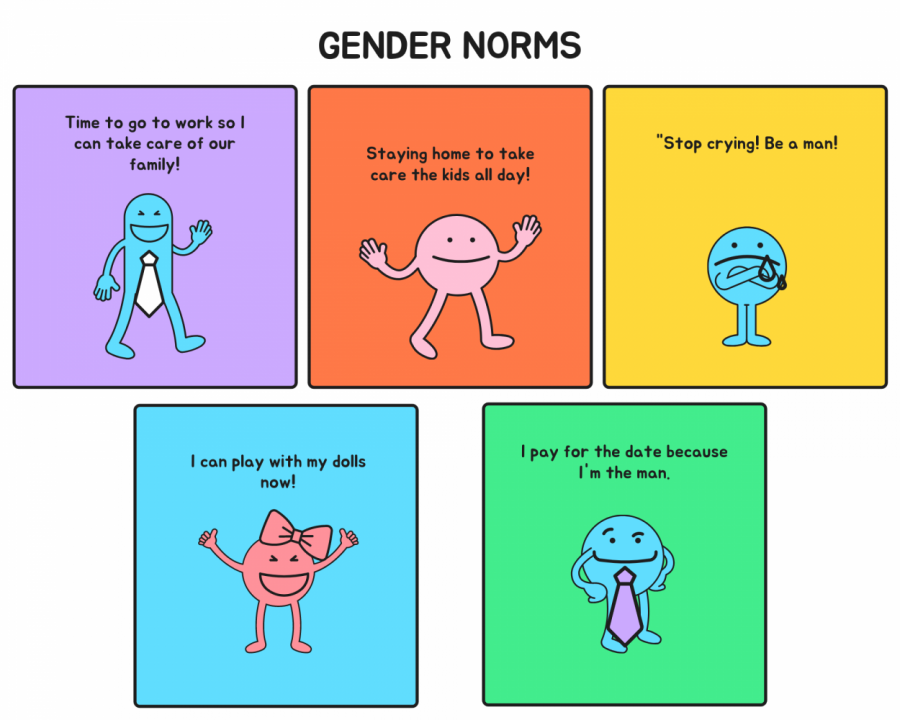Today many people are interested in discovering their roots. Often, the main motive of tracing one’s lineage is curiosity.
In the mid-19th century, Mormons began to trace their roots in order to baptize their ancestors. Mormon church doctrine states that “saving ordinances,” baptism, confirmation, endowment and sealing marriage, must be available to people who did not have the opportunity while alive. The church has been actively gathering and preserving genealogical records worldwide for over 100 years.
Tracing one’s ancestry became popular after Alex Haley released his book, “Roots: The Saga of an American Family,” in 1976. Haley, an African-American author, traced his family origins from the slave plantations of the U.S. to Africa. Although it was a long process, Haley was able to gather information about who he was and where his family was from.
In 1977, ABC Family adapted Haley’s book and turned it into a popular television miniseries. “Roots” emphasized that African-Americans have long histories and that not all of that history is lost as many believed. The miniseries’ popularity sparked an increase in the public’s interest in genealogy.
Genealogy is said to be America’s second-most popular hobby. Americans are often driven to discover their family trees because America is a land of immigrants.
Beverly Strassmann, an anthropologist at the University of Michigan, said, “If a person feels closer to their family, they’re more likely to help them out and increase their survival odds as well as those of one’s own genes, a phenomenon known as kin selection.”
As the world grows more crowded and anonymous, tracing one’s ancestry allows people to feel more connected to others. It gives people comfort to know exactly who they are related to.
Those who were adopted are especially interested in finding out more about themselves. Adoption agencies might not have the resources to provide a person with a full background of where they are from. However, the Internet has made it easier for people to search for records from the past.
One can begin to trace her ancestry by gathering as much information from family members. If one knows the place where one’s grandparents were married, the church should have marriage documents. The documents should have the names of both parents of the husband and wife. Visiting graveyards, churches and archives of states are other good ways to find clues about one’s family.
Death records include the names of the deceased’s parents, siblings, children and spouse, when they were born and/or married, the occupation of the deceased, possible military service and cause of death. All of these clues can be helpful in tracing ancestry.
Other ways may be easier but sometime come with fees. Sites such as ancestry.com, genealogy.com, familysearch.org and archive.org are helpful.
All of these tools can help people discover who they are, giving them comfort and knowledge. Many people who take the time to trace their lineage are usually surprised and happy with the results.





























